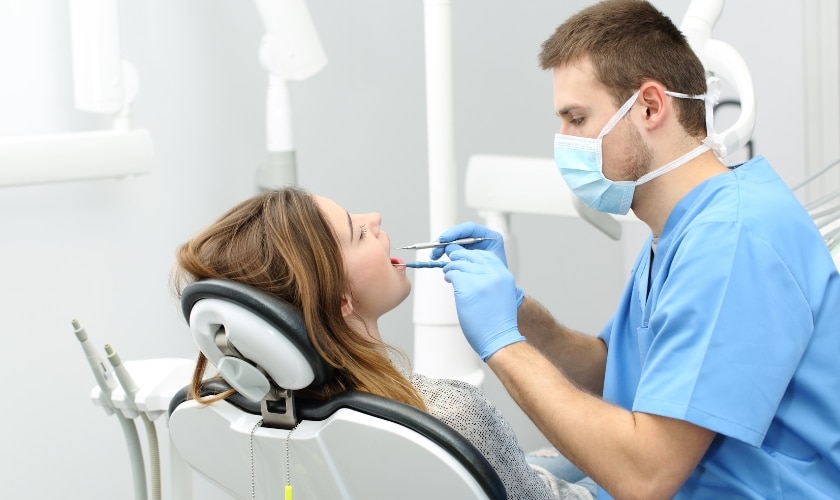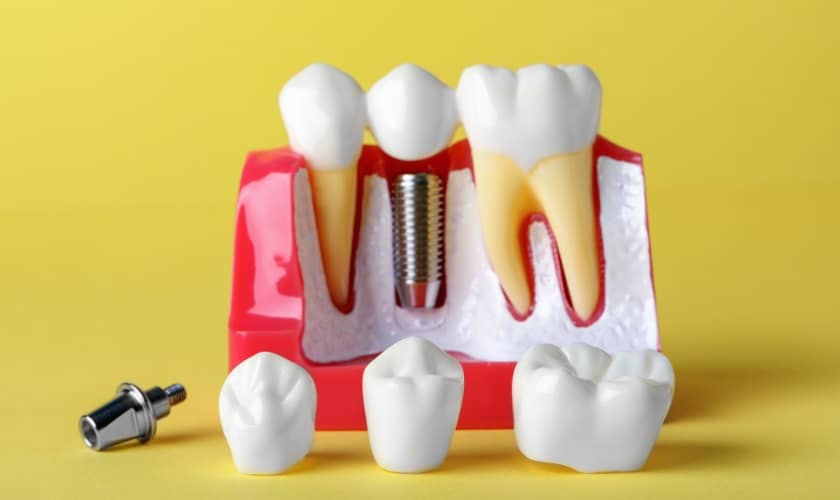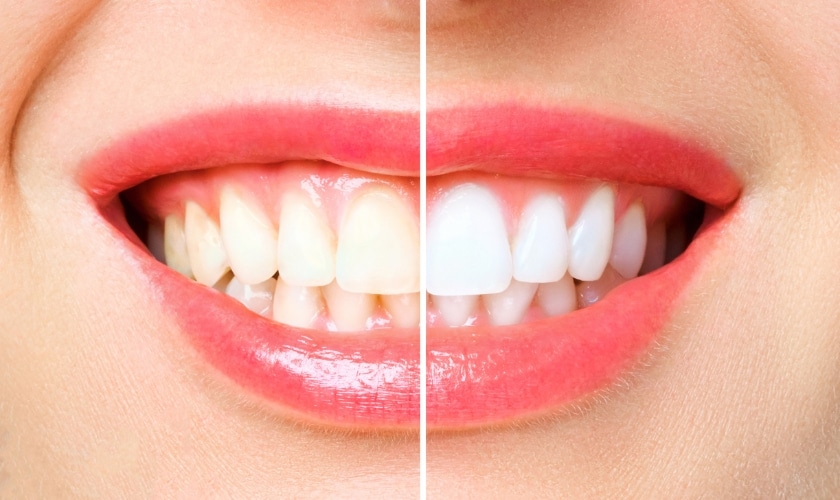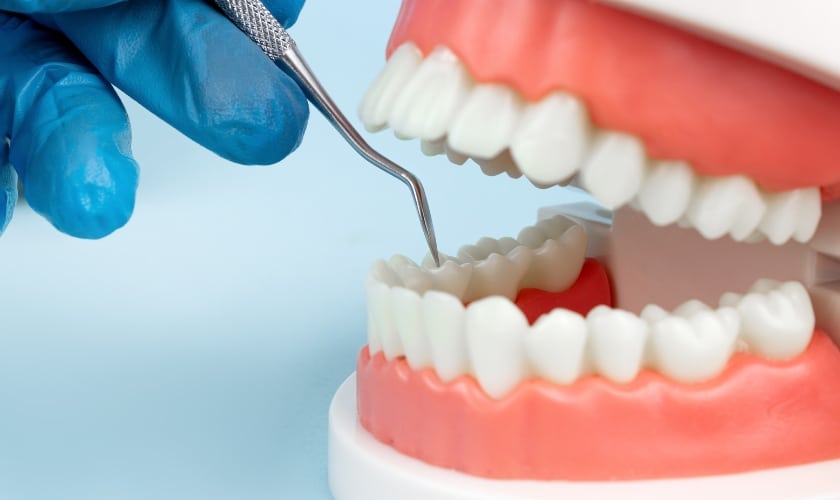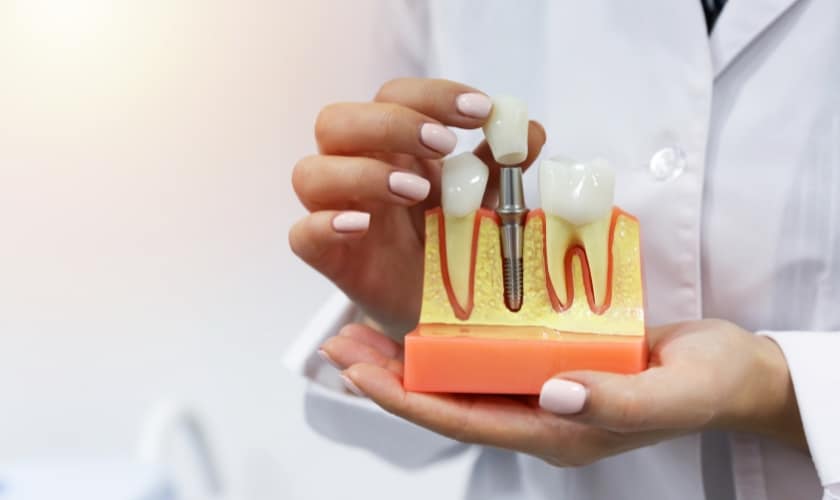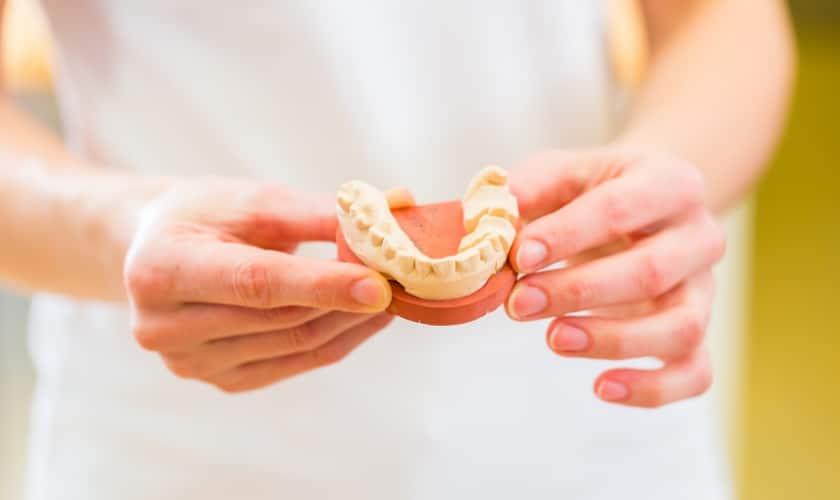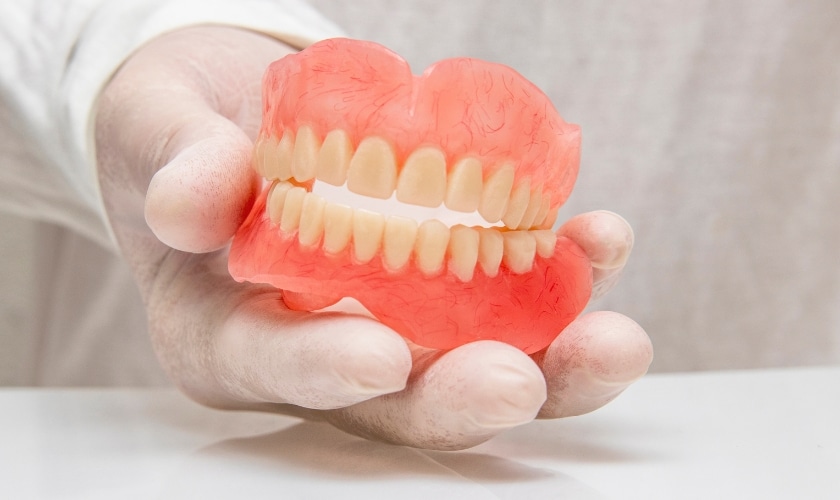Understanding Different Types of Dental Implants
Dental implants are a popular solution for replacing missing teeth, and they come in various types to suit different needs. The most common types include endosteal implants, which are placed directly into the jawbone, and subperiosteal implants, which sit on top of the jawbone under the gum tissue. Understanding the differences in these implants can help patients decide which option is best for their dental health and budget.
Moreover, the choice of implant may also depend on factors like bone density and overall health. Patients with insufficient bone mass may require a bone graft before receiving endosteal implants, while those with more stable jawbone structures might opt for a subperiosteal approach. Consulting with a dental professional is crucial for making an informed decision tailored to individual needs and conditions.
The Importance of Regular Dental Check-ups
Regular dental check-ups are essential to maintaining optimal oral health and can prevent a host of dental issues from developing. During these visits, dentists can perform thorough examinations, cleanings, and necessary assessments to detect problems such as cavities, gum disease, or even oral cancer at early stages. This proactive approach not only enhances oral hygiene but also reduces the likelihood of complex and costly treatments in the future.
Additionally, routine visits provide an opportunity for patients to receive personalized advice on proper dental hygiene practices and lifestyle changes that can positively impact their oral health. By establishing a relationship with a dentist and adhering to recommended check-up timelines, individuals can ensure their smiles remain healthy and radiant throughout their lives.
The Link Between Oral Health and Overall Well-being
Many people may not realize the significant link between oral health and overall well-being. Poor dental health can lead to issues such as heart disease, diabetes, and respiratory conditions, as bacteria from the mouth can enter the bloodstream and affect other areas of the body. Therefore, maintaining good oral hygiene practices and visiting a dentist regularly can contribute to better overall health.
Furthermore, the psychological aspects of oral health should not be overlooked. Issues such as missing teeth or gum disease can lead to lower self-esteem and social withdrawal, impacting both personal and professional relationships. Prioritizing dental care supports not only physical health but also enhances one’s quality of life and emotional well-being.



